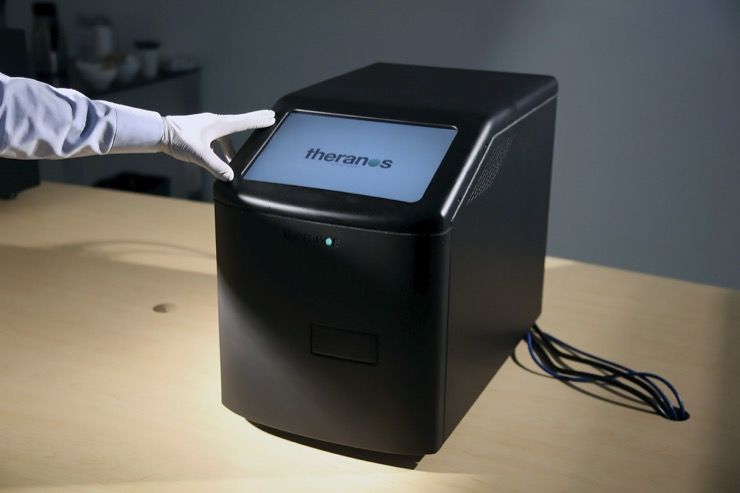Quantamagazine has an article on smart things.
“Smarter Parts Make Collective Systems Too Stubborn
As researchers delve deeper into the behavior of decentralized collective systems, they’re beginning to question some of their initial assumptions.”
The article is makes good points using a goldilocks analogy of not too hot, not too cold to get a balance. I like to think of it as too many cooks in the kitchens. If you have too many intelligent things like too many cooks in the kitchen there are mental battles over who gets to make the decisions.
If you are at at the edge and have all the data should you let the central authority over rule your decision? How do you send commands from the central authority to say the way you are making your decisions is wrong. How do you know? I am at the edge and everything is running fine. Central authority, I can see how your edge performance compares to others and it is below the average of others. Change your decisions. OK, change what? I don’t know I am not at the edge you are. Uh, I am doing the same thing all the rest of the edge nodes are doing. Maybe there is a condition at my edge environment that is causing my poorer performance. There are dozens of services running at the edge. Well hundreds, maybe thousands. What do you suggest i change?
“It’s like a second wave of this kind of research,” Kao said. “The first wave was naive enthusiasm for these collective systems. Now, it feels like … we’re questioning a lot of the assumptions we made initially and finding more complex behaviors.”





